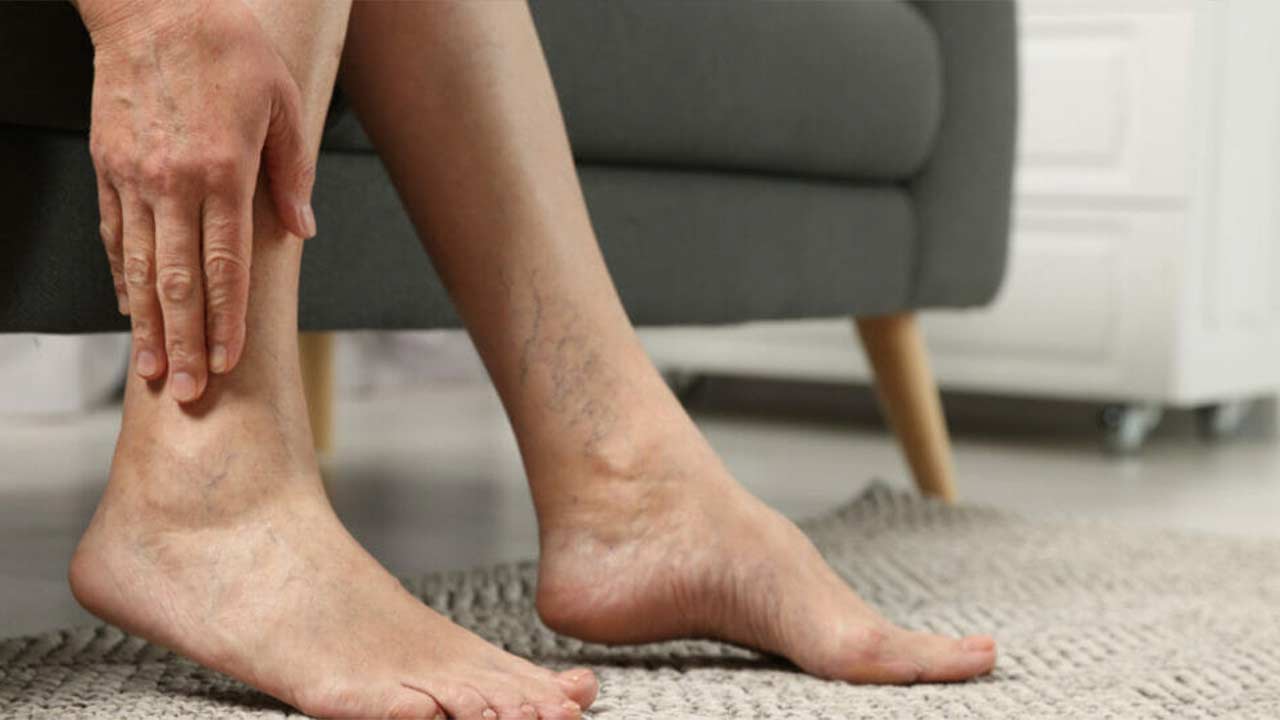Circulatory conditions that have their impacts on blood vessels outside the heart and brain are often described with the help of the terms Peripheral Artery Disease (PAD) and Peripheral Vascular Disease (PVD). Many people confuse the two terms, they question whether are PAD and PVD the same. However, in reality, these terms refer to distinct medical conditions with unique characteristics.
Peripheral Artery Disease (PAD)
A particular form of peripheral vascular disease (PVD), peripheral artery disease (PAD), mostly affects the arteries that supply blood to the extremities, especially the legs. It is a type of atherosclerosis, a disorder marked by the accumulation of plaque or fatty deposits on the inner walls of arteries, which causes the arteries to constrict and lose blood flow. The restricted blood flow can result in various symptoms, with intermittent claudication being a hallmark manifestation.
Symptoms of PAD
PAD significantly leads to intermitted claudication, which refers to pain, cramping, or fatigue in the muscles of the legs while performing any physical activity. Other than intermitted claudication, the symptoms of PAD include numbness, tingling, and weakness in affected limbs.
Risk Factors of PAD
The risk factors for developing PAD are no different than for other cardiovascular diseases. These include smoking, hypertension, diabetes, high cholesterol, advancing age, sedentary lifestyle, poor dietary habits, etc. These factors directly contribute to the development and progression of PAD.
Diagnosis
A combination of various diagnosis methods can be combined to make an accurate observation. Assessing the medical history, along with the physical examination and non-invasive imaging studies like ankle-brachial index (ABI) testing and Doppler Ultrasound, etc. can help make a diagnosis.
Peripheral Vascular Disease (PVD)
Compared to PAD, Peripheral Vascular Disease (PVD) is a more general term. This word refers to a broad range of blood vessel-related illnesses. While PAD is a specific subtype of PVD, conditions like DVT and varicose veins also fall under it’s umbrella. DVT is a condition characterized by the formation of blood clots in the deep veins of the legs. This can be seriously life-threatening because there are chances of the clot breaking loose and traveling to the lungs, resulting in pulmonary embolism. However, varicose veins occur when veins are enlarged, twisted, and inefficient at returning blood to the heart. Unlike PAD, this health condition impacts the venous system and not the arteries.
Symptoms
The symptoms of PVD can include feeling uncomfortable, swelling in legs and feet, and, in severe cases, complications such as venous ulcers.
Risk Factors
The factors that increase the chances of PVD are aging, smoking, obesity, a sedentary lifestyle, a family history of vascular diseases, and an unhealthy diet. Medical conditions like diabetes and autoimmune disorders also have a contributing factor in the development of PVD.
It is extremely crucial to differentiate between PAD and other forms of PVD for better management and treatment approaches. The primary goals of treating PAD include symptom relief, improvement of functional status, and prevention of cardiovascular events. Lifestyle modifications, including smoking cessation, regular exercise, and a heart-healthy diet, are essential components of PAD management. Prescription drugs may be used to reduce cholesterol, regulate blood pressure, and stop blood clots. Interventional treatments like angioplasty or surgical revascularization could be taken into consideration in more serious situations.
On the other hand, the treatment strategy for PVD is contingent upon the particular situation. For example, anticoagulant medications may be prescribed for DVT, while interventions such as endovenous laser treatment or sclerotherapy may be used for varicose veins. Lifestyle modifications, including weight management and regular exercise, are often recommended for overall vascular health.




